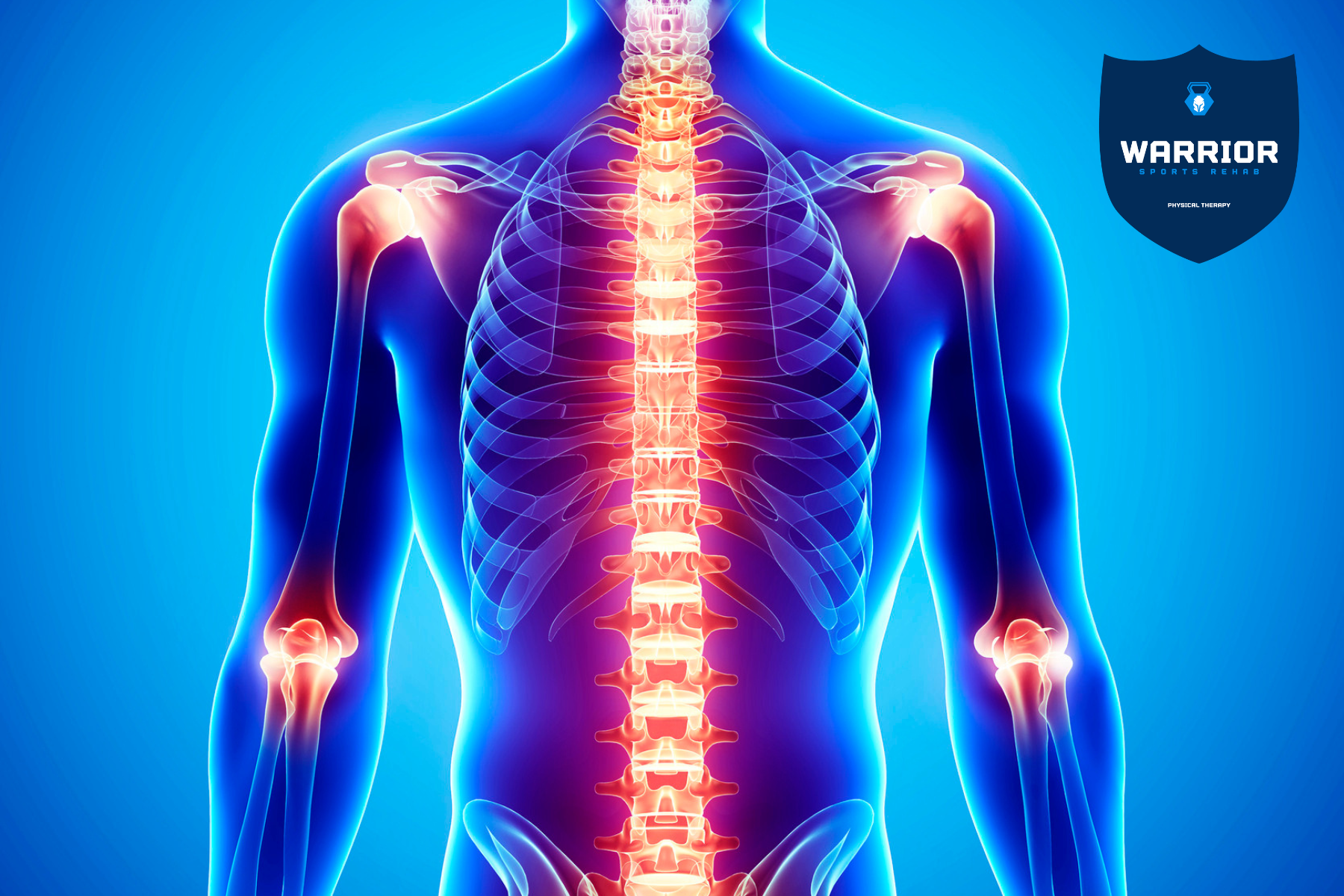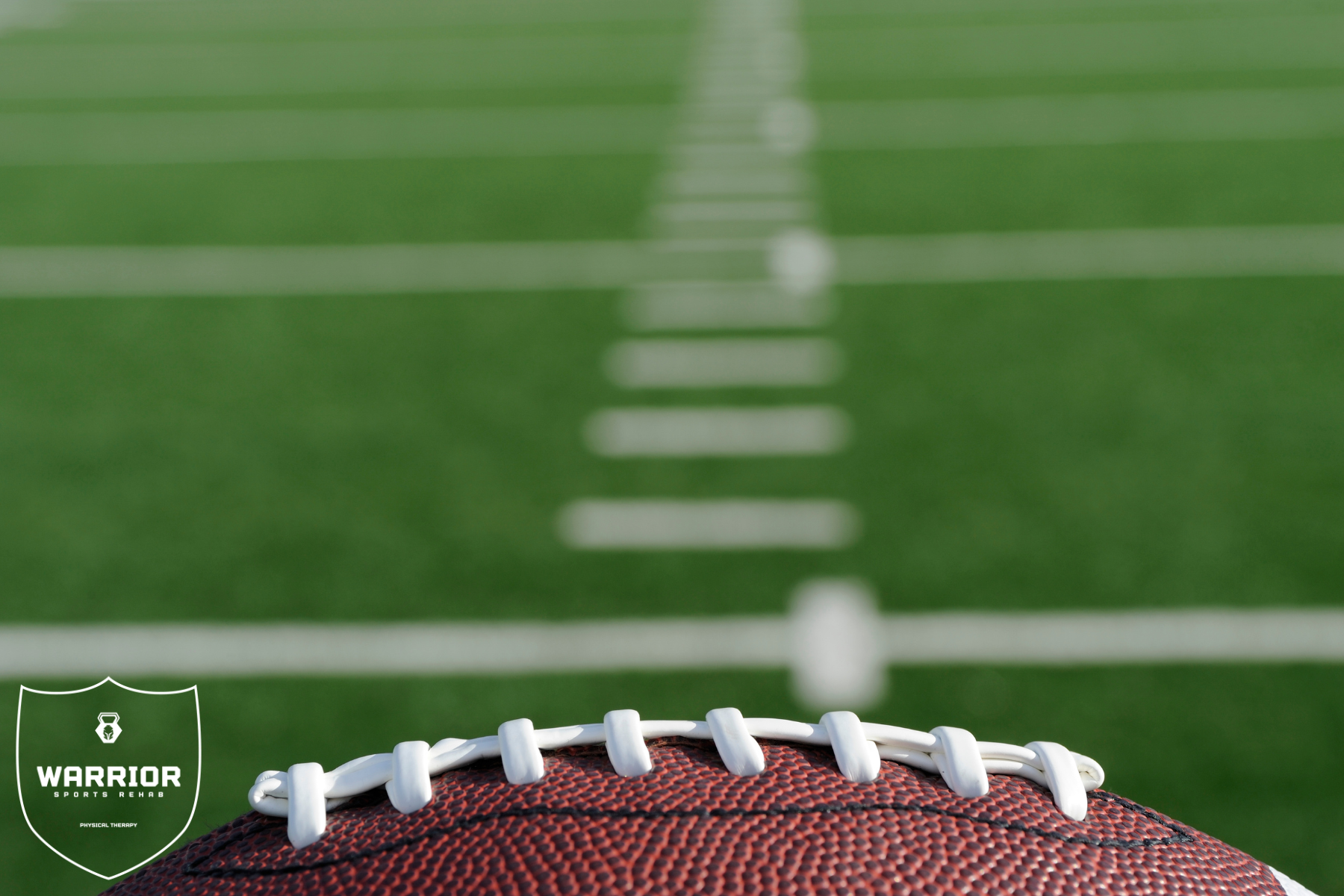Steps to Follow Immediately After an Injury: A Guide to Quick Recovery – Injuries can happen to anyone, whether you’re an athlete, a weekend warrior, or just going about your daily routine. Knowing what to do immediately after an injury can make a significant difference in your recovery process. Here’s a step-by-step guide to managing an injury effectively:
1. Assess the Injury
First and foremost, assess the severity of the injury. Ask yourself the following questions:
- Can you move the affected area without severe pain?
- Is there visible swelling or bruising?
- Are you able to bear weight on the injured limb?
If the injury seems severe, such as a possible fracture, dislocation, or if there’s an open wound, seek medical attention immediately. For less severe injuries, you can proceed with the following steps.
2. Apply the R.I.C.E. Method
The R.I.C.E. method is a well-known protocol for treating acute injuries. It stands for Rest, Ice, Compression, and Elevation.
Rest
Avoid putting weight or strain on the injured area. Give your body time to heal by refraining from activities that could aggravate the injury.
Ice
Apply ice to the injured area for 15-20 minutes every 1-2 hours during the first 48 hours. Ice helps reduce swelling and numbs the pain. Always use a barrier, like a cloth, between the ice and your skin to prevent frostbite.
Compression
Use an elastic bandage or wrap to compress the injured area. Compression helps minimize swelling. Be careful not to wrap it too tightly, as this can restrict blood flow. The wrap should be snug but not uncomfortable.
Elevation
Elevate the injured limb above the level of your heart. This helps reduce swelling by allowing fluids to drain away from the injured area. Use pillows or cushions to prop up the limb comfortably.
3. Over-the-Counter Pain Relief
Nonsteroidal anti-inflammatory drugs (NSAIDs), such as ibuprofen or aspirin, can help manage pain and reduce inflammation. Always follow the dosage instructions and consult with a healthcare professional if you have any concerns or medical conditions.
4. Avoid Heat and Alcohol
In the first 48 hours after an injury, avoid applying heat to the injured area and consuming alcohol. Heat can increase swelling, and alcohol can interfere with the healing process.
5. Monitor the Injury
Keep a close eye on the injury over the next 48 hours. If you notice any of the following symptoms, seek medical attention immediately:
- Increased pain or swelling
- Numbness or tingling
- Inability to move the affected area
- Signs of infection, such as redness, warmth, or pus
6. Gradual Return to Activity
Once the initial pain and swelling have subsided, you can begin to gently move the injured area. Gradual movement helps maintain flexibility and prevents stiffness. Start with light activities and gradually increase intensity as you feel comfortable. Physical therapy exercises can be particularly beneficial during this phase.
7. Consult a Physical Therapist
For a tailored recovery plan and to ensure proper healing, consult a physical therapist. They can provide specific exercises and treatments to help you regain strength, flexibility, and function. A physical therapist can also guide you on how to prevent future injuries.
8. Listen to Your Body
Finally, always listen to your body. Pushing through pain can worsen the injury and prolong the healing process. Give yourself time to heal and be patient with your recovery.
Following these steps immediately after an injury can significantly enhance your recovery and prevent further damage. Remember, proper care in the initial stages of an injury is crucial. By resting, applying ice, compressing, and elevating the injured area, you can reduce pain and swelling, paving the way for a quicker and more effective recovery. Don’t hesitate to seek professional help when needed, and always prioritize your health and well-being.



